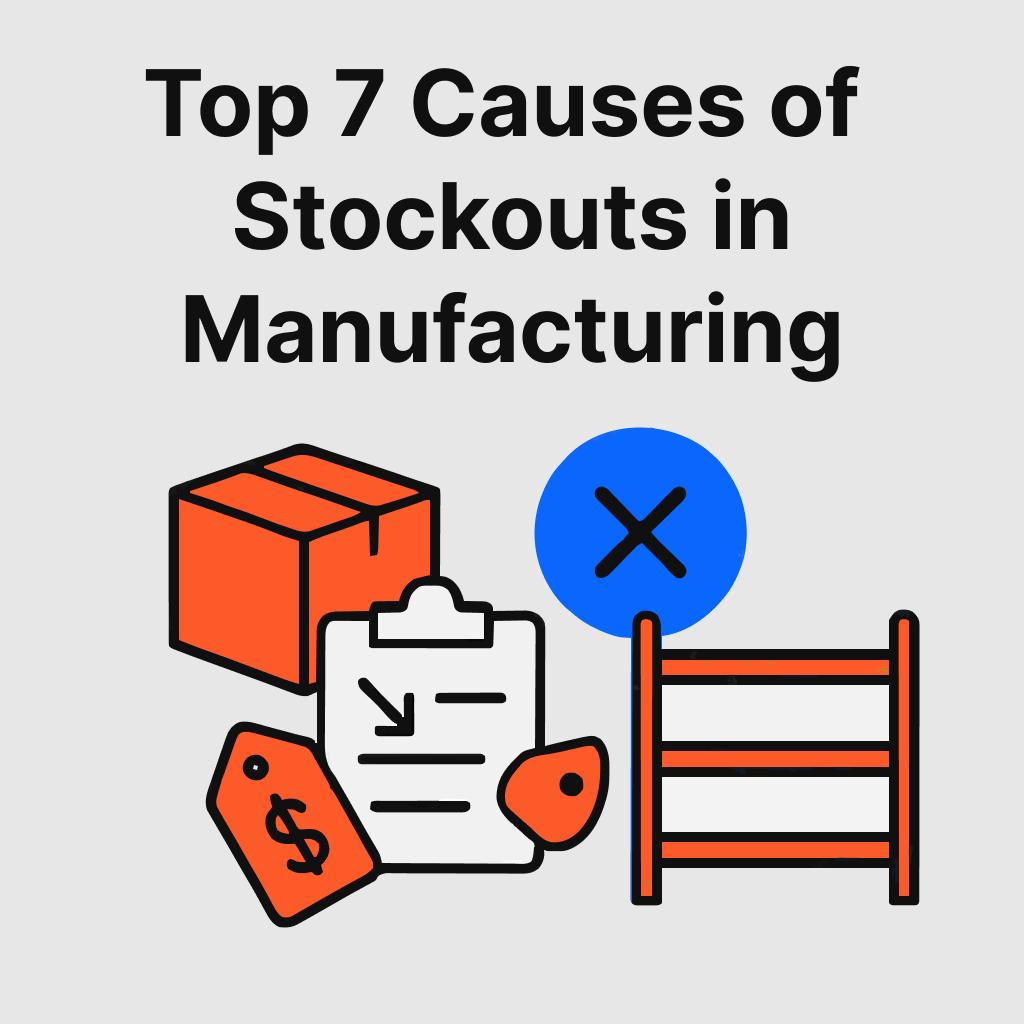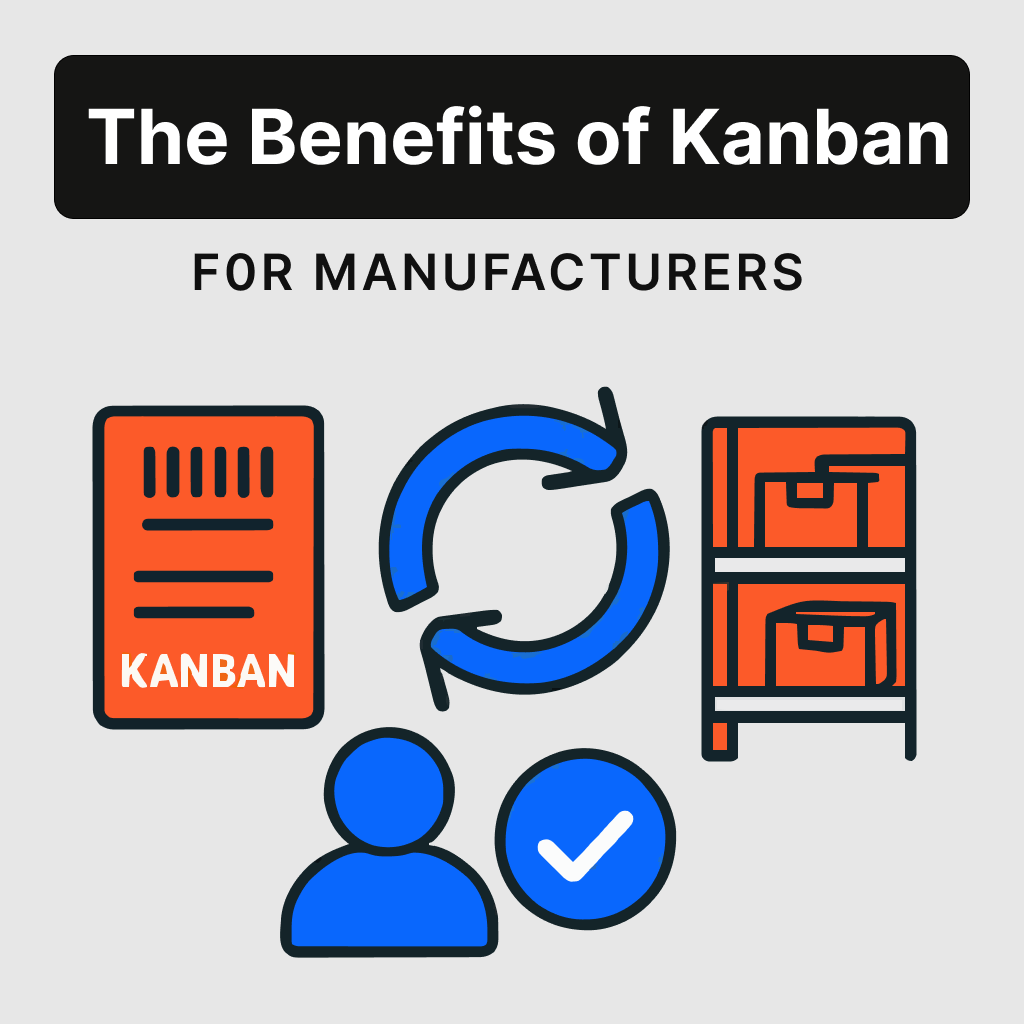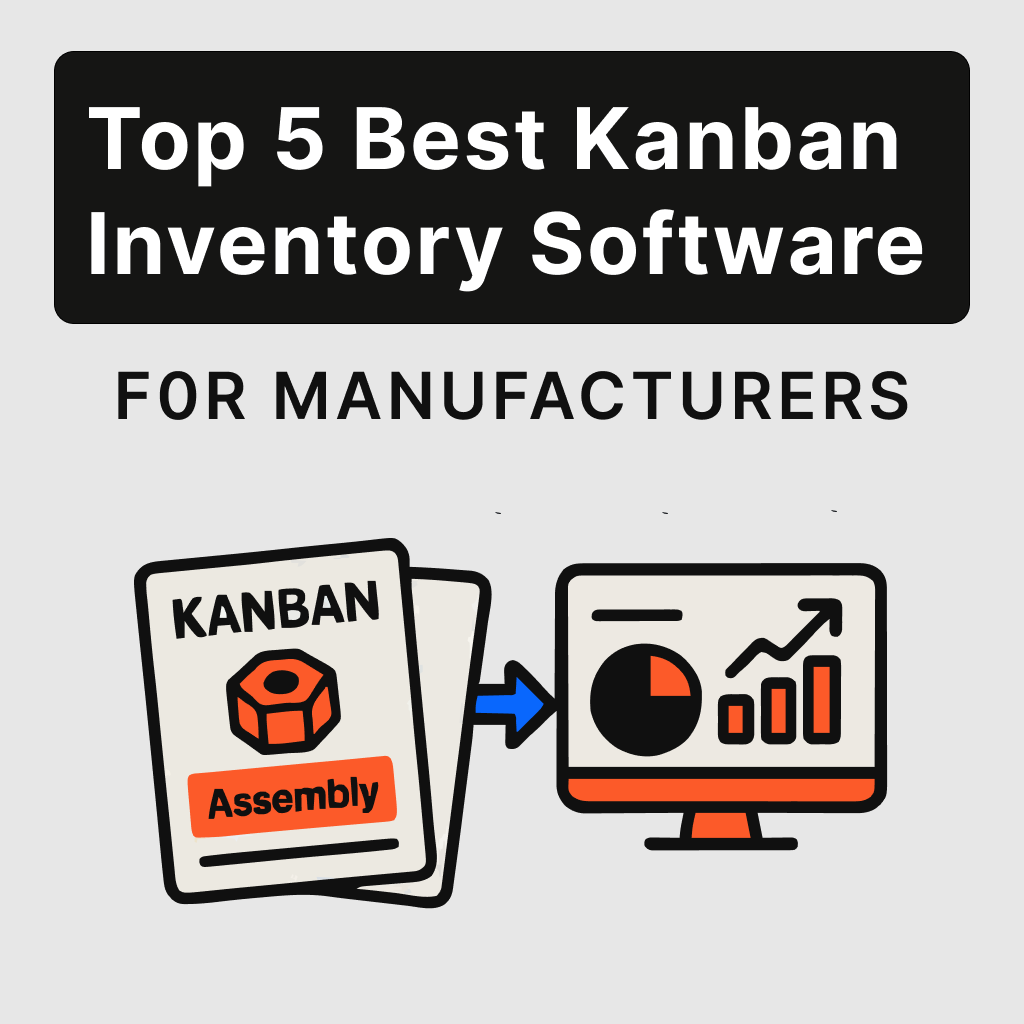Did you know that unplanned downtime costs manufacturing companies a staggering $50 billion per year? This figure alone highlights the critical importance of understanding and addressing the costs of downtime in today's competitive manufacturing landscape.
Downtime, those periods when production grinds to a halt, represents more than just a temporary inconvenience. It constitutes a significant financial drain that impacts everything from immediate revenue to long-term market position. For manufacturing operations, these interruptions translate directly to lost production time, decreased manufacturing efficiency, and substantial manufacturing downtime costs that affect the bottom line.
In this comprehensive guide, we'll examine the true financial impact of manufacturing downtime, explore its common causes, and provide actionable strategies to minimize its occurrence and mitigate its effects. Whether you're a plant manager, operations executive, or business owner, understanding the full scope of downtime costs is essential to maintaining competitive advantage in today's manufacturing environment.
What is Downtime in Manufacturing?
Downtime in manufacturing refers to any period during which a machine or production line is unavailable or non-functional, thereby halting production. This seemingly simple concept carries profound implications for operational efficiency and financial performance.
Manufacturing downtime falls into two distinct categories, each with different implications for your operation:
Planned Downtime
Planned downtime encompasses deliberately scheduled interruptions for maintenance, repairs, upgrades, or adjustments to machinery. While production ceases during these periods, planned downtime represents a proactive approach to equipment management. By scheduling maintenance during optimal periods, manufacturers can prevent more costly breakdowns and extend the lifespan of critical equipment.
Unplanned Downtime
Unplanned downtime, by contrast, refers to unexpected halts caused by equipment breakdowns, human errors, or supply chain disruptions. These unscheduled interruptions carry significantly higher costs, approximately 35% more per minute than planned downtime. The unpredictable nature of unplanned downtime makes it particularly disruptive, often requiring emergency responses that further inflate costs.
Understanding this distinction is crucial for effective downtime management. While planned downtime represents a necessary investment in operational continuity, unplanned downtime constitutes a direct threat to manufacturing efficiency and profitability that must be minimized through strategic planning and preventive measures.
The Alarming Costs of Downtime in Manufacturing
The financial impact of manufacturing downtime extends far beyond the obvious loss of production. Recent research reveals the staggering scale of this challenge: unplanned downtime costs the Global 2000 approximately $400 billion annually, with each company facing average losses of $200 million per year due to unexpected digital disruptions.
These figures represent just the tip of the iceberg. To fully appreciate the costs of downtime in manufacturing, we must examine both direct and indirect expenses:
Direct Costs
Lost Production Value: Every minute of downtime translates directly to lost output. When production lines stand idle, the potential revenue from products that would have been manufactured during that time evaporates. This represents the most immediate and visible cost of downtime.
Wasted Materials: Materials already in production when a breakdown occurs often cannot be salvaged. These partially processed materials represent a direct financial loss, adding to the total manufacturing downtime costs.
Urgent Repairs: When equipment fails unexpectedly, repairs typically come at premium prices. Emergency service calls, expedited shipping for replacement parts, and overtime labor all contribute to inflated maintenance expenses during unplanned downtime incidents.
Indirect Costs
Loss of Customer Trust: When downtime leads to missed delivery deadlines or unfulfilled orders, customer relationships suffer. This erosion of trust can result in lost future business, a cost that extends far beyond the immediate downtime incident.
Overtime Pay: Recovering from downtime often requires staff to work extended hours, resulting in overtime pay that further erodes profit margins.
Damaged Brand Reputation: Repeated delivery issues stemming from production downtime can damage your company's reputation in the marketplace. This reputational damage makes it harder to attract new customers and may necessitate costly marketing efforts to rebuild market perception.
The combined impact of these direct and indirect costs explains why addressing manufacturing downtime represents one of the most significant opportunities for improving overall operational profitability and efficiency.
Breaking Down the Costs of Downtime
To fully grasp the magnitude of manufacturing downtime costs, consider this revealing 2022 research report from Siemens:
- The average annual cost of downtime for manufacturers is $255 million.
- Manufacturing experiences more cybersecurity-related downtime than most industries, with revenue loss ($58M) accounting for nearly a quarter of all downtime-related expenses.
- Unplanned downtime now costs Fortune Global 500 companies 11% of their yearly turnover, almost $1.5 trillion, up from $864 billion just a few years ago.
- The annual cost of downtime has risen to $129 million per facility among Fortune Global 500 companies, representing a 65% increase from 2019-20.
- The cost of a lost hour ranges dramatically by industry, from an average of $39,000 to more than $2 million, with automotive manufacturing facing the highest costs.
- The automotive industry has seen particularly sharp increases, with hourly downtime costs rising more than 50% from $1.3 million in 2019–20 to more than $2 million today.
- Oil & Gas operations have experienced even more dramatic increases, with hourly downtime costs more than doubling in just two years to almost $500,000.
- The average manufacturer faces approximately 800 hours of unplanned machine maintenance and downtime annually, equivalent to about 15 hours per week of paid non-productive time.
These statistics highlight not just the substantial costs of manufacturing downtime, but also the accelerating trend of increasing financial impact. With downtime costs rising faster than inflation across most manufacturing sectors, addressing this challenge has never been more critical to maintaining competitive advantage and protecting profit margins.
Common Causes of Downtime in Manufacturing
Understanding the root causes of manufacturing downtime is essential for developing effective prevention strategies. The average manufacturing facility suffers 20 monthly downtime incidents, and while this represents an improvement from previous years, it still translates to significant lost production time. Let's examine the primary culprits:
Machine Breakdown
Equipment failure remains the most common cause of unplanned downtime in manufacturing. With the average manufacturer facing 800 hours of unplanned machine maintenance annually, mechanical issues represent a persistent challenge to manufacturing efficiency.
The costs associated with machine breakdown extend beyond repair expenses to include lost production, wasted materials, and potential quality issues during restart. Implementing predictive maintenance programs that identify potential failures before they occur represents one of the most effective strategies for reducing this type of downtime.
Stockouts and Inventory Management Issues
Inadequate inventory management and stockouts represents another significant contributor to manufacturing downtime costs. When critical components, raw materials, or consumable supplies are unavailable, production lines can grind to a halt despite having functional equipment and available personnel.
Several factors contribute to stockout-related downtime:
- Inaccurate Demand Forecasting: Failing to accurately predict material requirements leads to insufficient inventory levels during peak production periods.
- Poor Inventory Visibility: Without real-time visibility into inventory levels across multiple locations, materials may be unavailable when needed despite being present elsewhere in the organization.
- Ineffective Reorder Processes: Manual or outdated reordering systems may fail to trigger timely material replenishment, particularly for items with variable consumption rates.
- Single-Source Dependencies: Relying on a single supplier for critical components creates vulnerability to supplier disruptions.
Addressing these causes of stockouts requires implementing robust systems that provide real-time visibility, accurate forecasting capabilities, and automated reordering functionality.
Employee Absences
Unplanned employee absences create productivity gaps that can significantly impact manufacturing operations, particularly when specialized skills are required to operate specific equipment. Without adequate backup personnel, a single absence can halt an entire production line.
This challenge has grown more pronounced in recent years, with manufacturing experiencing higher absenteeism rates than many other industries. Developing cross-training programs and implementing reliable attendance management systems can help mitigate the impact of unexpected absences on production continuity.
Supply Chain Disruptions
The manufacturing sector has been particularly vulnerable to supply chain disruptions, with 60% of manufacturing companies reporting weekly delays in material deliveries. When critical components or raw materials fail to arrive on schedule, production lines may be forced to shut down despite being otherwise operational.
These disruptions highlight the importance of supply chain resilience and the potential value of maintaining strategic inventory buffers for critical materials. Developing relationships with multiple suppliers and implementing advanced inventory management systems can help reduce downtime related to supply chain issues.
Human Error
Human error represents a significant and often underestimated cause of manufacturing downtime. In fact, 60% of manufacturing organizations report that human error is "often" or "very often" responsible for cybersecurity-related downtime incidents.
These errors may involve incorrect machine operation, improper maintenance procedures, or mistakes in production planning. Comprehensive training programs, clear standard operating procedures, and error-proofing systems can significantly reduce downtime attributable to human factors.
Outdated Processes
Reliance on outdated equipment, software, or processes increases vulnerability to downtime incidents. Legacy systems typically experience more frequent failures and may lack the diagnostic capabilities that help identify potential issues before they cause production stoppages.
Modernizing manufacturing operations through strategic technology investments can substantially reduce downtime while simultaneously improving overall manufacturing efficiency. The initial capital expenditure often delivers rapid returns through reduced downtime costs and improved productivity.
By identifying which of these factors most significantly impacts your specific operation, you can prioritize improvement initiatives that deliver the greatest reduction in manufacturing downtime costs.
%201.svg)








.svg)














.svg)
.svg)

.svg)